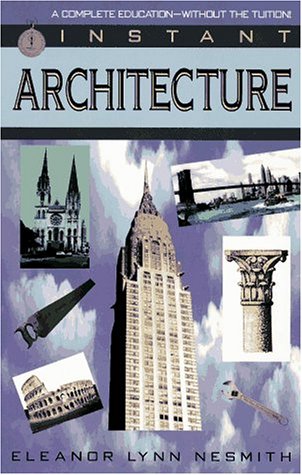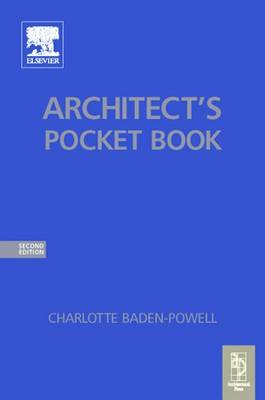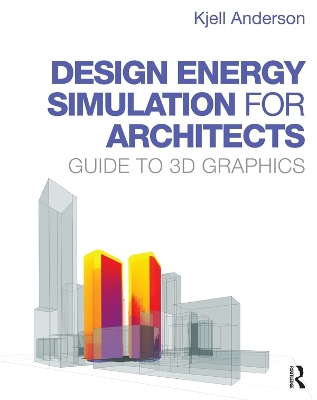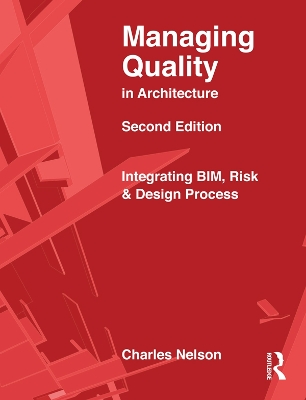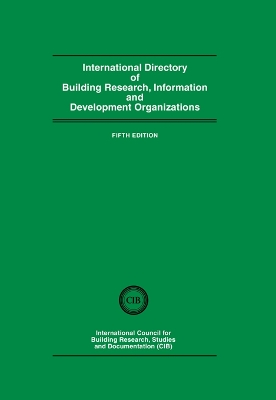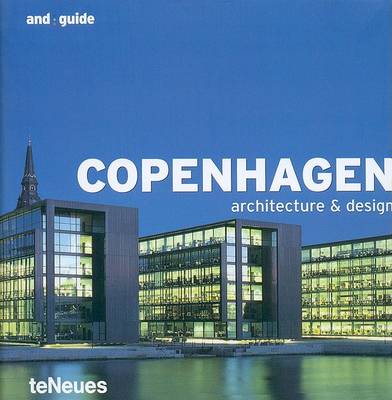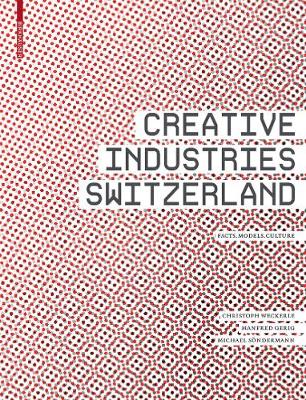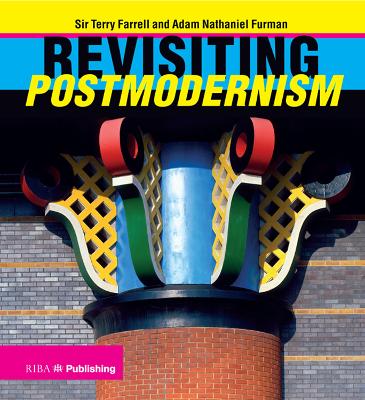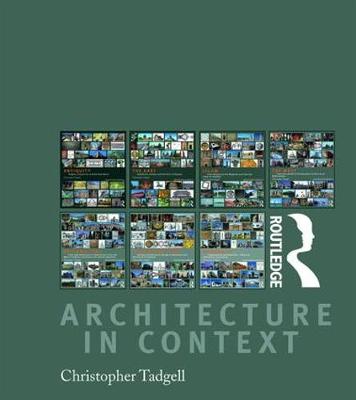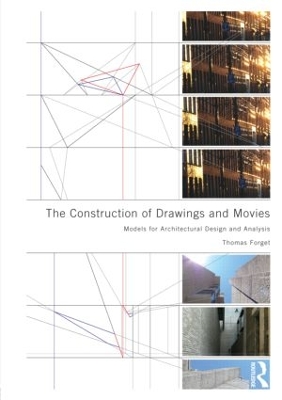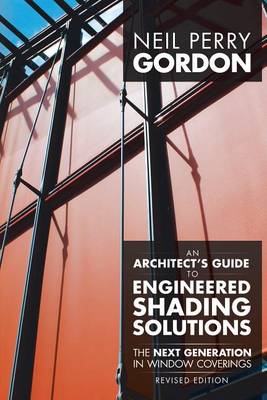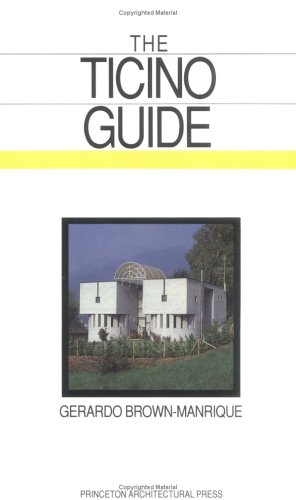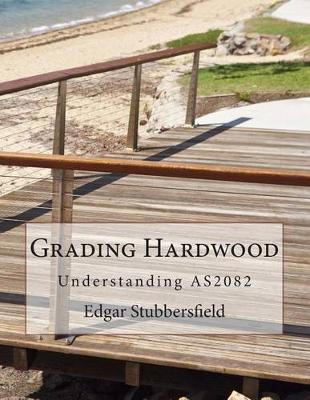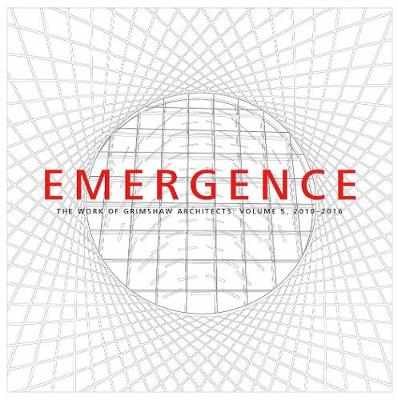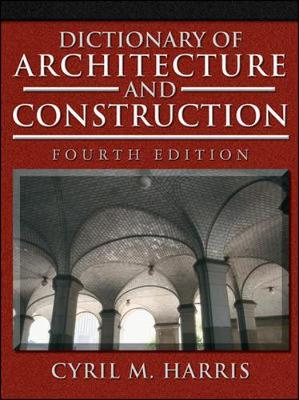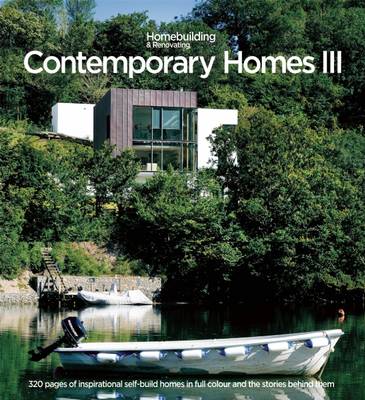Computational Architecture offers an overview of digital tools and techniques, such as twisting, lofting, triangulating, drilling, knotting, and framing, that were used systematically to explore spatial, structural, and geometrical conditions, leading to the emergence of abstract prototypes.
Architect's Pocket Book (Routledge Pocket Books)
by Charlotte Baden-Powell
This fully revised edition of the pocket book includes everyday information which the architect/designer normally has to find from a wide variety of sources and which is not always easily to hand. The book is of use to the student as well as the experienced practitioner. There is no similar compendium currently available. The book includes data about planning, structure, services, building elements, materials and addresses, and is intended to be used both at the drawing board and on site. The se...
Leading architectural firms are now using in-house design simulation to help make more sustainable design decisions. Taking advantage of these new tools requires understanding of what can be done with simulation, how to do it, and how to interpret the results. This software-agnostic book, which is intended for you to use as a professional architect, shows you how to reduce the energy use of all buildings using simulation for shading, daylighting, airflow, and energy modeling. Written by a prac...
Completely revised throughout for this second edition, Managing Quality in Architecture addresses the new ISO 9001 standards after the significant 2015 revision. ISO 9001 is the global standard for quality, and firms certified under the 2008 edition have three years to upgrade their quality systems to the new Standard. This book helps architects, engineers and other designers working in the built environment to develop appropriate quality systems that meet the requirements of the international S...
Every entry follows a standard pattern: after the address and telephone number of the institution there is a brief description of its history and financial support, followed by the names of the senior staff, total number of staff, the institution's structure and services, its main research programmes and a list of its publications. For this new edition a subject index has been added, allowing the reader to identify centres of research activity on individual construction topics throughout the wor...
Portland strikes a unique balance between the rich architectural traditions of the past and the cutting-edge creative developments of modern architecture. Within a small downtown area can be found 19th-century cast-iron-front buildings, skyscrapers, old brick warehouses, a landmark 1890 train station, historic bridges, and a distinguished assortment of museum, government, and retail buildings. Its civic planning, historic preservation, and overall attractiveness make Portland a place that native...
Copenhagen is not just the capital of Denmark. It is also the international center of cutting edge design by such modern masters as Arne Jacobsen, Joern Utzon and Verner Panton. All have left their indelible mark on the cityscape and the great tradition of bold and exceptional spaces continues. A number of highly important buildings have been erected in the last few years (the new library by Schmidt, Hammer & Lassen and the Opera House by Hhenning Larsen Tegnestue) and this guide provides the re...
Routledge Companion to American Urbanism (Routledge International Handbooks)
Creative Industries Switzerland
by Christian Wieland, Karl-Heinz Zur Muhlen, and Athina Lexutt
Policy makers at all levels are discovering the notion of creative industries-from economic and innovation strategies to education policy and urban development, the creative industries are being described as a model for success. This book provides a greatly needed overview of the concepts and specific characteristics of this sector.
Revisiting Postmodernism offers an engaging, wide-ranging and highly illustrated account of postmodernism in architecture from its roots in the 1940s to its ongoing relevance today. This book invites readers to see Postmodernism in a new light: not just a style but a cultural phenomenon that embraces all areas of life and thrives on complexity and pluralism, in contrast to the strait-laced, single-style, top-down inclination of its predecessor, Modernism. While focusing on architecture, this boo...
Architecture in Context is a series of seven books describing and illustrating all the seminal traditions of architecture from the earliest settlements in the Euphrates and Jordan valleys to the stylistically and technologically sophisticated buildings of the second half of the twentieth century. It brings together the fruits of the author's lifetime of teaching and travelling the world, seeing and photographing buildings in an extraordinary synthesis. Each stand-alone volume sets the buildings...
The architectural imagery that you create is most effective when it examines your project in an abstract manner. Most students and practitioners understand linear perspective and cinema to be examples of architectural presentation tools. This book asks you to consider drawings and movies to be analytical tools that give you the capacity to engage all phases of the design process, from parti to presentation. The ways in which spaces relate to each other and how materials connect to each other in...
An Architect's Guide to Engineered Shading Solutions
by Neil Perry Gordon
The Guidebook features the work of Mario Botta, Mario Campi, Tito Carloni, Aurelio Galfetti, Vittorio Gregotti, Rudy Hunziker, Vittorio Introini, Claudio Pellegrini, Aldo Rossi, Luca Scacchetti, Luigi Snozzi, and Livio Vacchini.
Grading Hardwood (Timber Design File, #4)
by Edgar Malcolm Stubbersfield
Emergence: Volume 5 covers the growth of the Grimshaw practice into a global network, with the opening of studios in Sydney, Doha and Kuala Lumpur. It covers Grimshaw's focus on the restoration of cultural institutions including Queens Museum in New York and The Cutty Sark in London, its leadership in the field of transport design with the multi-award winning Fulton Center Transit Interchange in New York and the Pulkovo Airport in St. Petersburg, and the firm's first foray into public housing wi...
In the course of this century, the wallpaper company Salubra, based in Grenzach near Basel, has repeatedly asked famous artists to compose individual color scales and collections for practical use in the wallpaper industry. Le Corbusier designed two collections for Salubra: the "Claviers de couleurs" in 1931 with 43 shades, and the Salubra collection in 1959 with 20 colors. By 1924, Le Corbusier had succeeded in applying his experiences, gained on his travels and as a purist painter, to the poly...

